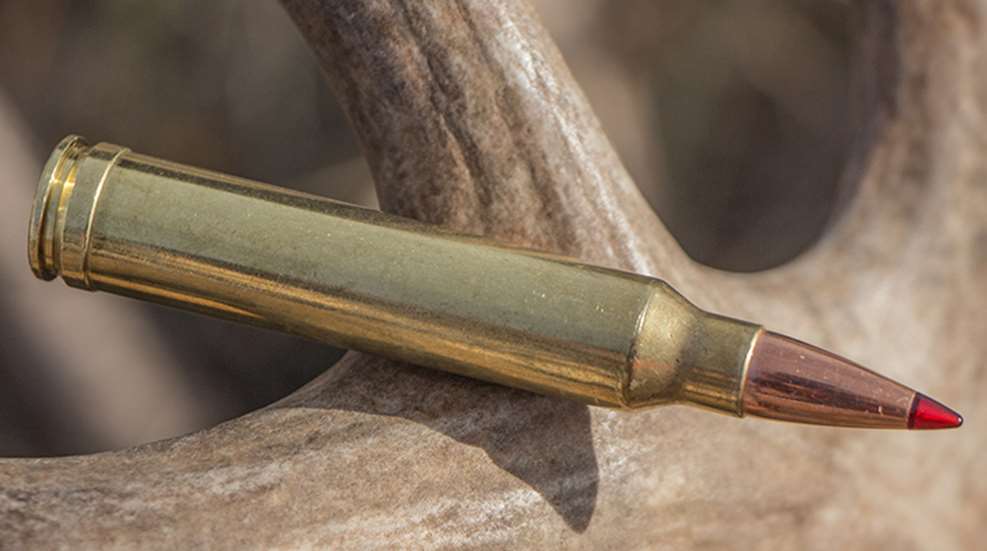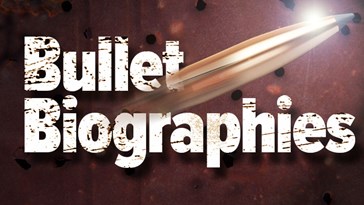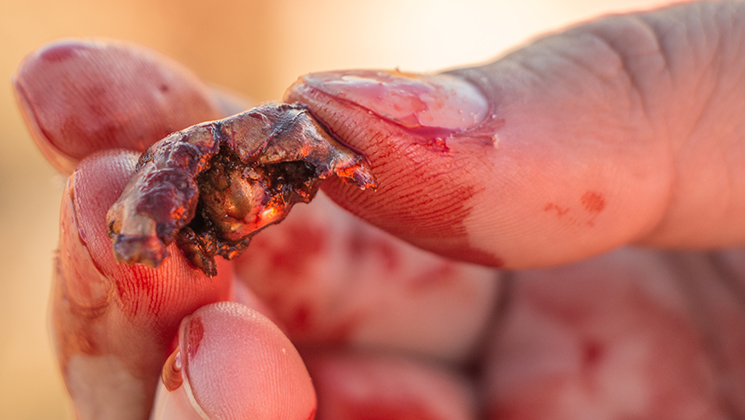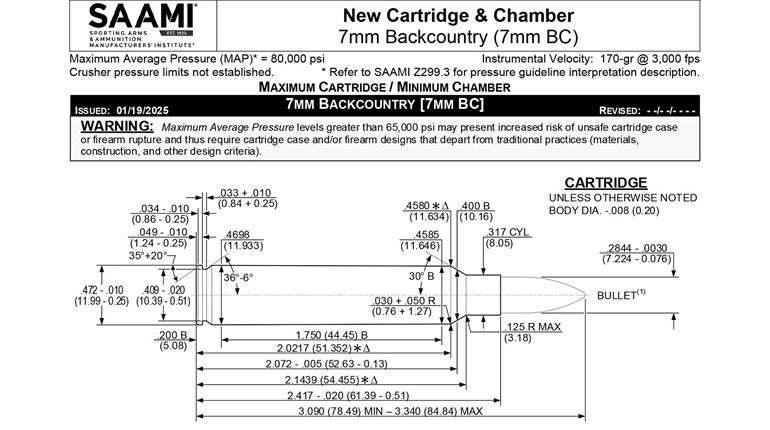
Though it has become popular, long range shooting lacks a definitive definition. What’s long range to one hunter might be short range to another. The limiting or deciding factor with regard to long-range hunting is the equipment a hunter carries to the field and their shooting skill. We’ve had rifles and optics that are long range capable for a long time. Now, we finally have a bullet purpose-built for long-range hunting. It’s from Hornady and it’s called the ELD-X.
 To be successful when hunting at long range you need a bullet that flies flat and true. It needs to retain enough energy to initiate expansion and drive deep, even after velocity has slowed to almost nothing. When Hornady was trying to develop a long range hunting bullet they discovered that the common Delrin tips used by most bullet manufacturers could melt during flight if the velocity and ballistic coefficient (BC) were high enough. This tip degradation changed the BC during flight. The result is inconsistent point of impact due to varying trajectories and wind.
To be successful when hunting at long range you need a bullet that flies flat and true. It needs to retain enough energy to initiate expansion and drive deep, even after velocity has slowed to almost nothing. When Hornady was trying to develop a long range hunting bullet they discovered that the common Delrin tips used by most bullet manufacturers could melt during flight if the velocity and ballistic coefficient (BC) were high enough. This tip degradation changed the BC during flight. The result is inconsistent point of impact due to varying trajectories and wind.
Hornady’s answer was to replace the conventional Delrin tip with a more heat resistant translucent red tip with a melting point twice as high. Doppler radar proved their ingenuity by confirming stable BCs from muzzle to target. The Heat Shield tip works.
The other problem Hornady's engineers had to address was expansion. Out to 800 or 1,000 yards, impact velocities can be as low as 1600 fps, depending on the cartridge you are shooting. The bullet had to expand at low velocities but it also had to hold together up close. After all, you never know at what distance that trophy will appear. Hornady solved this problem by using a radically tapered gilding metal jacket and a lead alloy core, held in place with an interlock positioned further forward than normal.
At close range the thick rear of the jacket and the interlock holds the bullet together for deep penetration, even tough the tip maximizes expansion. At longer ranges, when impacting as slow as 1600 fps, the tip still initiates expansion but the thin jacket at the front of the bullet allows for wide deformation.
I’ve seen the ELD-X in action on four deer. I dropped a 250-pound mule deer buck at 200 yards and the bullet penetrated more than 20 inches. My hunting partner and I took two other bucks at 300 yards with similar results. But, the most amazing display of bullet performance was a whitetail buck my companion took at 710 yards. The ELD-X center punched the lungs and the buck went down within 60 yards of where he was hit. Hornady’s ELD-X is the most significant advancement in bullet technology since bonding.






































